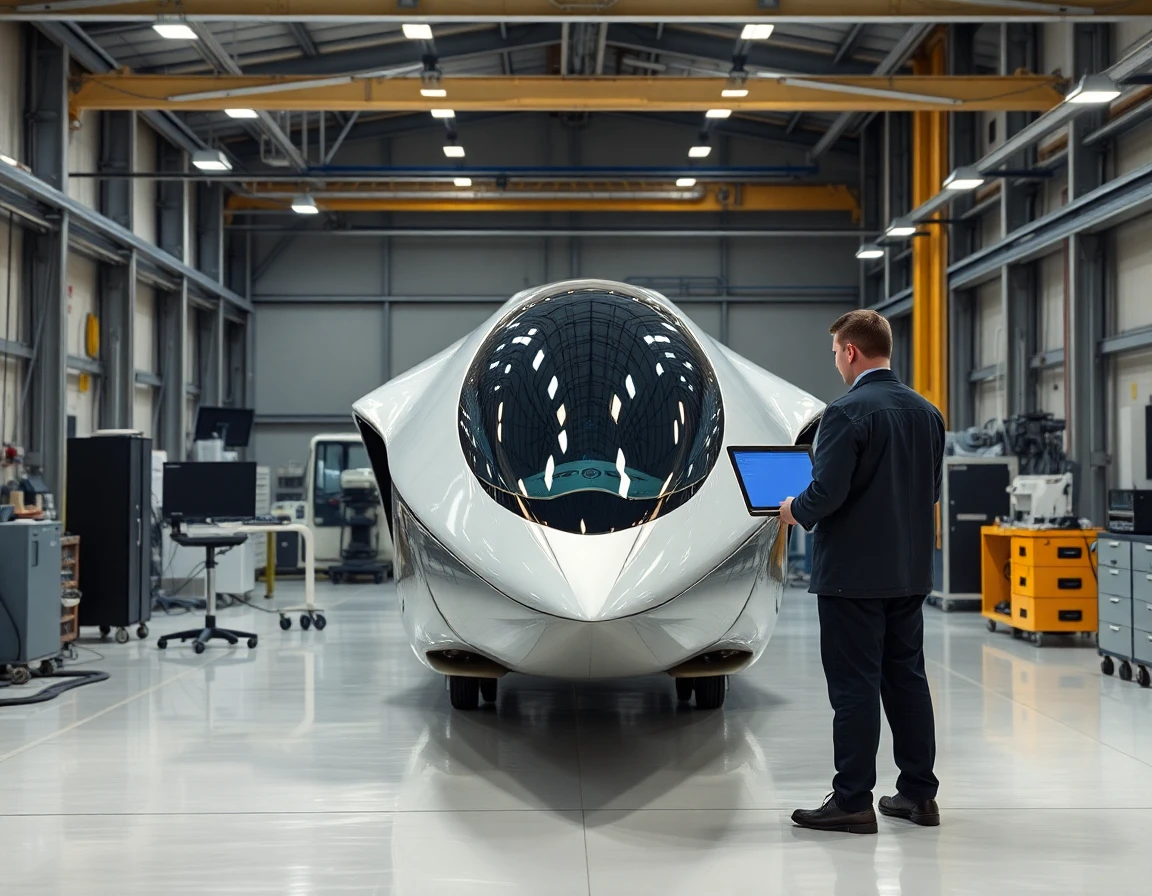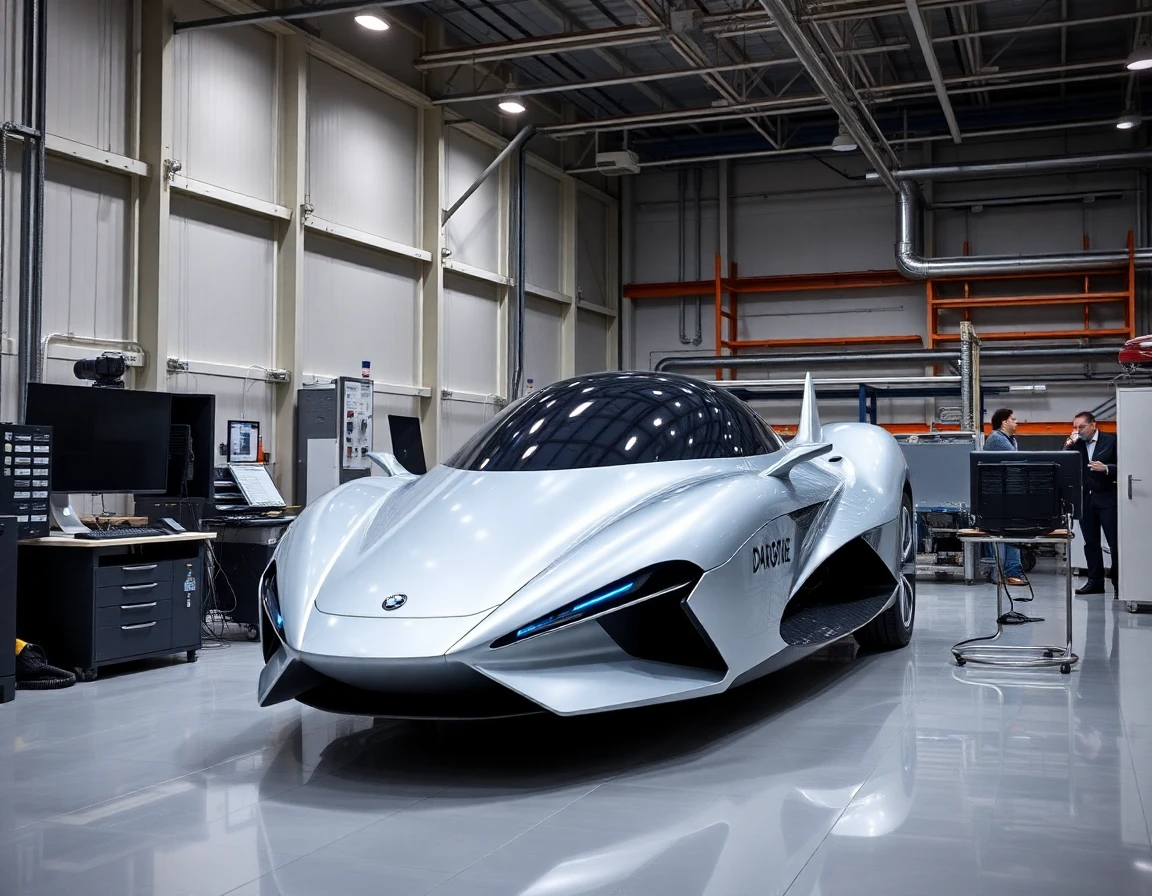Understanding Hypersonic Technology
Hypersonic technology, defined as speeds exceeding Mach 5, is transforming military defense capabilities and reshaping global power dynamics. As nations invest heavily in this technology, understanding its implications becomes crucial for both defense contractors and policymakers. Hypersonic weapons can travel at speeds that significantly reduce the time available for response, creating a pressing need for innovation in detection and interception systems.
The Current Landscape of Hypersonic Developments
Recent years have seen substantial investments from various countries in hypersonic systems. The United States, Russia, and China are leading the charge, each developing their own hypersonic glide vehicles (HGVs) and hypersonic cruise missiles. These systems utilize advanced aerodynamics and materials to withstand extreme conditions during flight, including intense heat and pressure.
According to Dr. Emily Carter, a leading aerospace engineer, “The integration of hypersonic technology into military arsenals will fundamentally change how we approach defense strategies. Speed and maneuverability will make traditional missile defense systems obsolete unless they evolve.” This sentiment underscores the urgency for innovations in radar systems and missile defense technologies.
The Role of Advanced Systems in Hypersonic Technology
To operate effectively, hypersonic vehicles require a suite of sophisticated technologies. This includes advanced inertial navigation systems, which provide precise guidance during flight. These systems utilize high-precision accelerometers and gyroscopic instruments to ensure accurate trajectory control, essential for maintaining stability at hypersonic speeds.
For instance, the Advanced Sensor Module (Model: JDWZZ3430D) integrates three-axis gyroscopes, accelerometers, and magnetic sensors. This 9-DOF MEMS IMU is capable of exceptional stability and comprehensive motion sensing, making it invaluable for hypersonic applications where precision is paramount.
Implications for Radar Systems and Detection Technologies
As hypersonic threats evolve, so too must the systems designed to detect them. Traditional radar systems may struggle to track hypersonic vehicles due to their high speed and unpredictable flight paths. In response, defense contractors are developing next-generation radar systems that leverage advanced signal processing and machine learning algorithms to improve detection capabilities.
“The challenge with hypersonic technology is not just in its development, but also in the subsequent need for enhanced radar capabilities,” says Dr. Marcus Lee, a defense technology analyst. “We need radar systems that can adapt and process data faster than ever before to engage these threats effectively.”
Future Developments and Strategic Considerations
The future of hypersonic technology appears promising yet fraught with challenges. As nations race to develop operational capabilities, the potential for an arms race looms large. The integration of hypersonic systems into existing military strategies raises questions about global stability and security.
Moreover, as hypersonic technology matures, it will likely see applications beyond military uses, possibly impacting commercial aviation and space exploration. Companies are already exploring how similar technologies could be adapted for civilian aircraft, potentially revolutionizing air travel.
Conclusion: The Path Ahead
As hypersonic technology continues to advance, it is essential for defense systems to evolve in tandem. The integration of advanced inertial navigation systems, like the aforementioned Advanced Sensor Module, and cutting-edge radar capabilities will be crucial in maintaining national security.
The intersection of technological innovation and strategic military planning will define the future landscape of defense. Stakeholders must remain vigilant and proactive in their approach to both the development and regulation of hypersonic technologies to ensure stability in an increasingly complex global environment.
In summary, hypersonic technology represents not only a significant leap in defense capabilities but also a challenge that must be met with innovation, foresight, and collaboration across nations.



